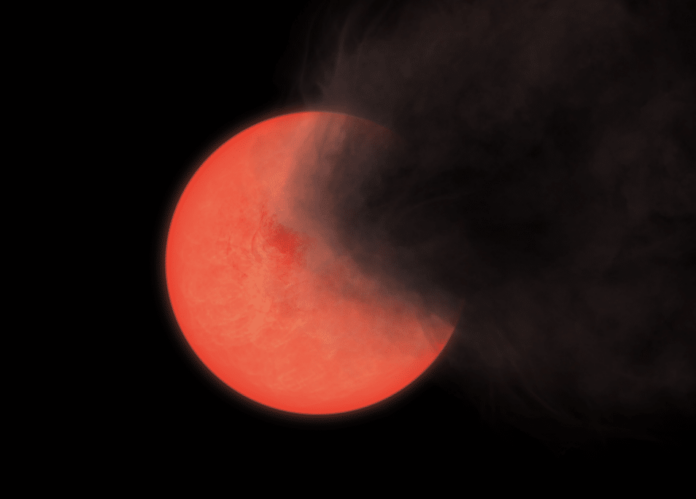
The somewhat elusive object lurking at the heart of our Milky Way can remain tranquil for decades at a time, almost invisible, before suddenly spewing out vast clouds of gas.
Scientific Discovery
Scientists recently discovered this puzzling type of star during an extensive decade-long investigation in which they observed nearly a billion stars in infrared light. The Visible and Infrared Survey Telescope, or VISTA, was initially used for this critical task. However, as the research advanced, they began using the Very Large Telescope, as explained by researcher Philip Lucas. “Nearly two-thirds of the stars were easily classified. The rest were slightly harder, so we used ESO’s Very Large Telescope to obtain an individual spectrum of many of these stars. A spectrum reveals how much light a star emits at different wavelengths and thus provides a much clearer picture of what we’re looking at.”
Red Stars
These further observations became necessary after the researchers detected 21 red stars in the inner part of the Milky Way, whose brightness changed dramatically during the 10 years they were being observed. Lucas ponders, “We weren’t sure if these were explosive protostars or if they were recovering from a decrease in brightness caused by dust passing in front of the star. Another possibility was that they were older giant stars at the end of their lives, ejecting matter and puffing out gas like ‘old smokers’.”
Old smokers
Subsequent observations of seven of these seemingly mysterious stars revealed that they belong to a class of stars previously unknown to us, which researchers informally refer to as ‘old smokers’. Researcher Dante Minniti illuminates, “These older stars remain subdued for years to decades and then suddenly, in a completely unexpected way, puff out clouds of gas. They are faint and red for several consecutive years, sometimes even to the point where we cannot see them at all.”
Heavy Elements
With the discovery of these ‘old smokers’, our understanding of the stellar population in the Milky Way has become slightly more complete. But not only that; the research could also provide more insight into how (heavy) elements are distributed throughout space. Researchers indicate that the ‘old smokers’ are located in the inner regions of our Milky Way, where stars are richer in heavy elements than in other areas of our galaxy. A portion of these heavy elements is apparently blown away by the ‘old smokers’. Out of these heavy elements, new stars and planets can arise later. “The discovery of a new type of star that slings matter away could be important in understanding the dispersion of heavy elements,” says Lucas.
Youngsters
Along with the ‘old smokers’, the researchers in their longstanding study have also made other exciting discoveries. For instance, they came across dozens of previously unobserved newborn stars, also known as protostars, in our Milky Way. Most of these stars are obscured by dust. But because infrared light, unlike visible light, travels effortlessly through dust, the researchers could see these stars for the first time. In total, they discovered 32 of these protostars still surrounded by a disk of gas, the brightness of which (in infrared) seemed to increase by at least 40 times and sometimes even up to 300 times. Researcher Zhen Guo clarifies, “This burst of brightness takes place in the slowly rotating disk of matter that forms a new solar system. These bursts help the newborn star at the heart of the disk to grow, but make it more difficult for planets to emerge. We still don’t understand why the disks become so unstable.”
The discovery of newborn as well as ancient stars, which do not even fit into any existing class, once again proves that there is still plenty to discover in our Milky Way. However, these findings also inevitably raise new questions. For instance, researchers are still unable to fully explain why the disk around protostars is disrupted. It is also unclear what exactly triggers ‘old smokers’ to puff out large clouds of matter.











